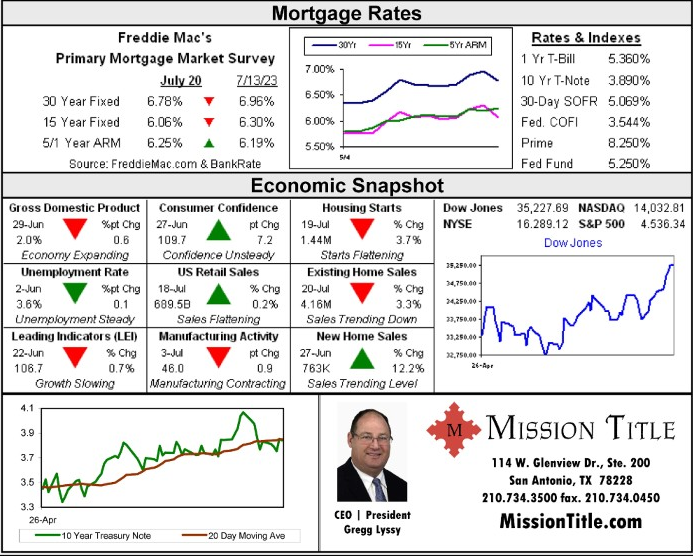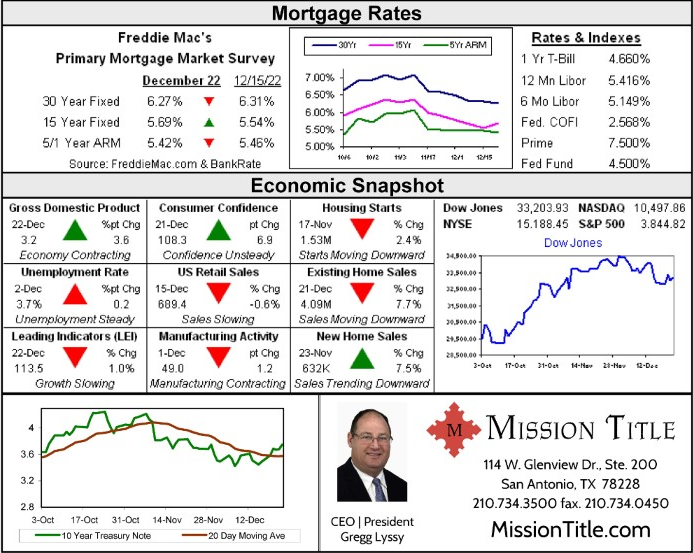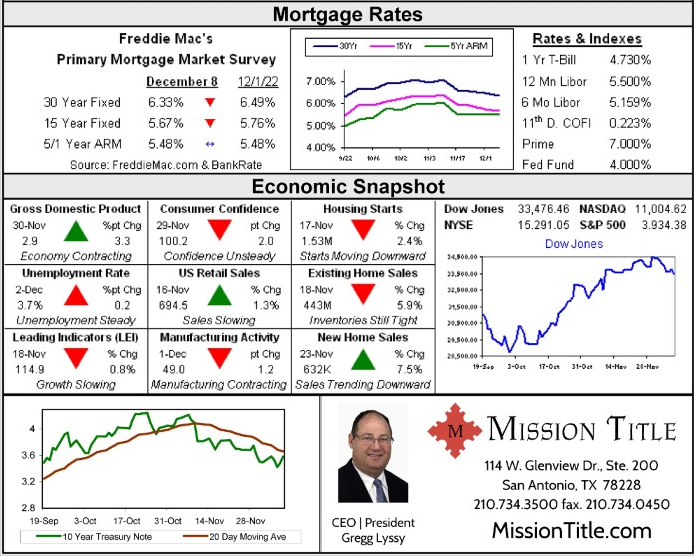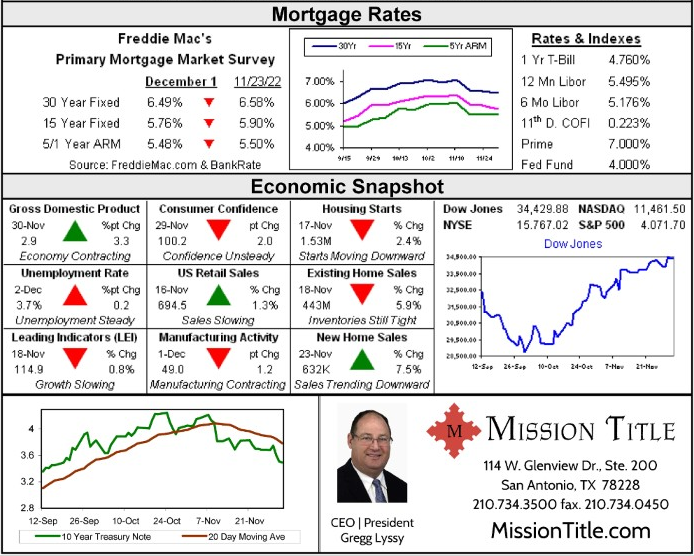The housing market saw a series of ups and downs in Q2 2017, the majority of which were largely driven by low inventory unable to meet the demand of would-be buyers. This imbalance drove home prices to rise 6.2 percent, easily eclipsing the previous Q3 2016 peak of $241,300.
The Q2 median single-family home price was $255,600, a 6.2 percent year-over-year and 6.9 percent quarter-over-quarter increase.
Low inventory pushes home prices upSingle-family home prices increased in 154 out of 178 measured metropolitan statistical areas. Twenty-three areas experienced double-digit increases, down from 30 in Q1 2017. Overall, there was a slight uptick in “rising markets,” which are defined as metros that experienced some level of price increase.
Total housing inventory dropped 0.5 percentage points month-over-month to 1.96 million homes for sale. Year-over-year inventory declined 7.1 percentage points and is in its 25th consecutive month of year-over-year declines. Unsold inventory is at a 4.3-month supply, a 0.3 percent year-over-year decline.
NAR Chief Economist Lawrence Yun says the quarter’s performance revolved around robust job growth, strong demand and inadequate inventory supply.
“The 2.2 million net new jobs created over the past year generated significant interest in purchasing a home in what was an extremely competitive spring buying season,” Yun said.
 6 ways empowered agents embrace disruption to drive success
Using technology to generate leads and win listings READ MORE
6 ways empowered agents embrace disruption to drive success
Using technology to generate leads and win listings READ MORE
“Listings typically flew off the market in under a month — and even quicker in the affordable price range — in several parts of the country. With new supply not even coming close to keeping pace, price appreciation remained swift in most markets.
“The glaring need for more new home construction is creating an affordability crisis that needs to be addressed by policy officials and local governments,” he added.
“An increasing share of would-be buyers are being priced out of the market and are unable to experience the wealth building benefits of homeownership.”
Inventory breakdownIn Q2, total existing-home sales, including single family and condos, dropped 0.9 percent quarter-over-quarter to a seasonally adjusted annual rate (SAAR) of 5.57 million, but they are still 1.6 million higher than last year’s pace.
At the end of the quarter, there were 1.96 million homes for sale — a 7.1 percent year-over-year decrease. The average supply during the second quarter was 4.2 months, down from 4.6 months in Q2 2016.
The national family median income rose to $71,529, but the increase wasn’t enough to keep up with rising home prices. To purchase a single-family home at the median price ($255,600), a buyer making a 5 percent down payment would need an income of $55,169. A buyer making 10 percent down payment would need an income of $53,213, and a buyer making a 20 percent down payment would need an income of $47,300.
“Mortgage rates have subsided in recent months, which has only somewhat helped take away some of the sting prospective buyers are experiencing with the deteriorating affordability conditions in many areas,” said Yun.
“Household incomes may be rising and giving consumers assurance that now is a good time to buy, but these severe inventory shortages will likely continue to be a drag on sales potential the second half of the year.”
How did buying patterns vary across the country?The five most expensive housing markets in the second quarter were San Jose, California ($1,183,400); San Francisco ($950,000); Anaheim-Santa Ana, California ($788,000); urban Honolulu ($760,600); and San Diego ($605,000).
The five lowest-cost metro areas in the second quarter were Youngstown-Warren-Boardman, Ohio ($87,000); Cumberland, Maryland ($98,200); Decatur, Illinois ($107,400); Binghamton, New York ($109,000); and Elmira, New York ($111,600).
In the Northeast, existing-home sales rose 1.3 percent, 0.4 percent above a year ago. Median price: $282,300, a 3.2 percent year-over-year increase. In the Midwest, existing-home sales rose 4.2 percent, 0.5 percent above a year ago. Median price: $204,000, a 6.6 percent year-over-year increase. In the South, existing-home sales dipped 3.0 percent, but are 2.5 percent above a year ago. Median price: $229,400, a 6.7 percent year-over-year increase. In the West, existing-home sales dipped 3.7 percent, but are 3.1 percent above a year ago. Median price: $372,400 a 7.5 percent year-over-year increase.Existing-home sales are based on transaction closings from MLSs and include single-family homes, town homes, condominiums and co-ops.
SAASs are used in reporting monthly data to help accommodate for seasonal variation; the annual rate for any given month represents what the total number of actual sales for a year would be if the pace for that month were maintained for a whole year.
NAR releases quarterly median single-family price data for approximately 175 Metropolitan Statistical Areas (MSAs). In some cases the MSA prices may not coincide with data released by state and local Realtor associations. Any discrepancy may be due to differences in geographic coverage, product mix and timing. In the event of discrepancies, Realtors are advised that for business purposes, local data from their association may be more relevant.
Source: click here




















